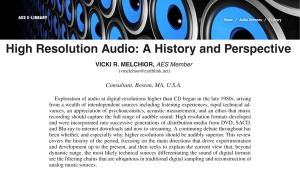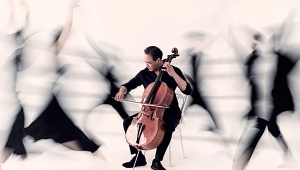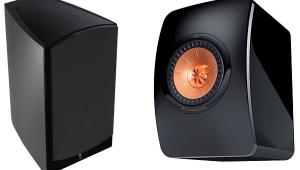| Columns Retired Columns & Blogs |
This is one of my favorite albums. I have it in new vinyl. I only wish there could be more like it. Raw music from guys who just seem to ooze talent and a love for their craft.
I have a Chris Botti Concert DVD where Sting gets up from a table in the crowd and sings "We Small Hours". You can tell he is really into it and at the end they have an exchange that obviously says " Dude...that was so awesome...we nailed it". I imagine the musicians having that kind of awesome fun and enjoyment when I listen to this album. You would think this would be more prevalent, but the albums that convey it sonically are few and far between.






































